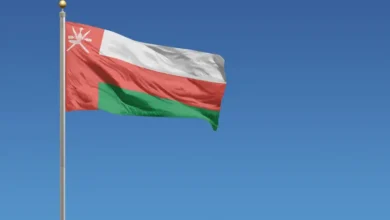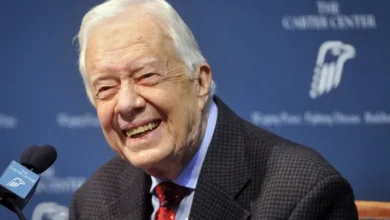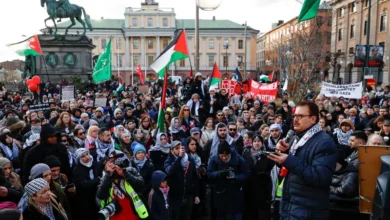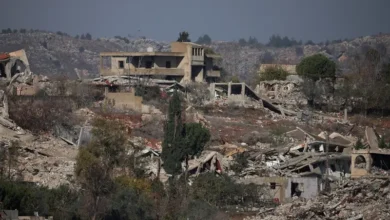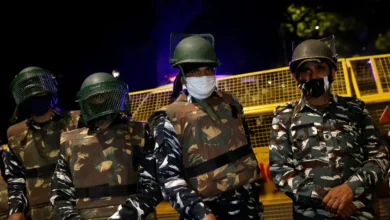What to expect after Iran, Saudi Arabia agree to restore ties
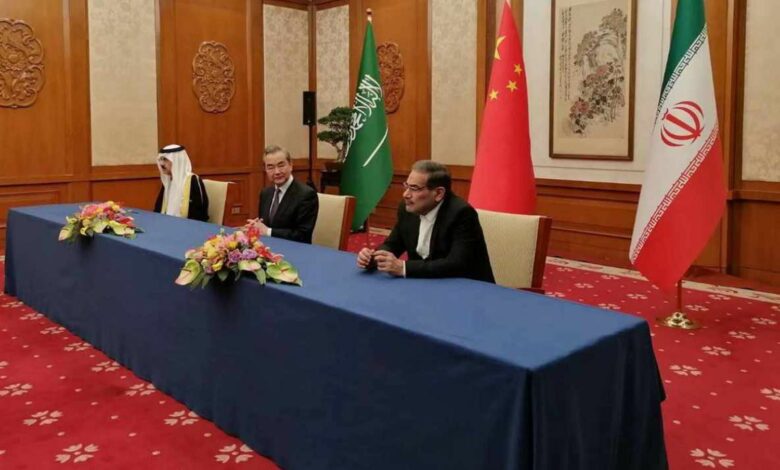
Iran and Saudi Arabia have agreed to re-establish diplomatic relations in a China-brokered deal that could have wide-ranging consequences but building on it, analysts say, will prove the main challenge.
The agreement signed in Beijing on Friday said the two countries’ foreign ministers will meet to discuss diplomatic missions within two months, marking the end of a seven-year rift.In Iran, the deal was generally welcomed, with senior officials praising it as a step towards reducing tensions and bolstering regional security. Conservative media outlets mainly focused on how the deal signalled a “defeat” for the United States and Israel.
Some of the same outlets had celebrated in 2016, when Riyadh cut political relations with Tehran after its diplomatic missions were attacked.
The invasion of the missions by demonstrators had come after the Sunni-majority kingdom executed a prominent Shia Muslim leader.
At that time, Iran’s Supreme Leader Ali Hosseini Khamenei had also denounced Saudi leaders.
But none of the Iranian officials or state-linked media are now openly displaying pessimism as talks, that began in April 2021, finally bore fruit following efforts by China’s President Xi Jinping, who visited Saudi Arabia in December and hosted Iran’s President Ebrahim Raisi last month.
The rapprochement on Friday was greeted with optimism by Iraq and Oman – who had previously helped mediate the talks – and many others in the region, while it was cautiously welcomed by the US.
‘High level of distrust’
The agreement is a positive development but is only one step of many, according to Tehran-based political analyst Diako Hosseini.
“Saudi Arabia will likely still be cautious in economic dealings with Iran because it does not want to be exposed to US sanctions. And normalisation does not necessarily mean that the two sides trust each other,” Hosseini told Al Jazeera. “Regardless, reducing tensions in Yemen, Lebanon, Syria and Iraq can still entail wide-ranging interests for both sides.”“The high level of distrust and the intensity of geopolitical rivalries may render the trend of reducing tensions reversible. To achieve success, both countries need to begin continuous and long-term efforts and try reliable ways that would guarantee mutual interests,” he said.
According to Hosseini, China was the big victor of the agreement, as it bolstered the legitimacy of its reach across the region.
“Effectively, not only China became the guarantor of this agreement, it also showed that the US can no longer ignore China’s role in the security arrangements of the Persian Gulf, a region where the energy reserves and passageways are more important to the Chinese economy than the US,” he said.‘Shifting violence’
Thomas Juneau, an associate professor at the University of Ottawa’s Graduate School of Public and International Affairs, agrees that Friday’s pact may serve to reduce tensions rather than resolve profound differences.
“Iran-Saudi tensions have ebbed and flowed for decades, but their floor has always been high,” he told Al Jazeera, adding that an exhausted Saudi Arabia has been looking for a way out of the Yemen conflict for a long time, and its agreement with Tehran could lead to an agreement with the Iran-backed Houthis.
“That said, it is very important to understand that such an agreement, if it were to occur soon, would unfortunately not lead to peace in Yemen,” he said, adding that conflict between the Houthis and the Saudi-backed coalition would continue and secessionist demands in southern Yemen would persist.



